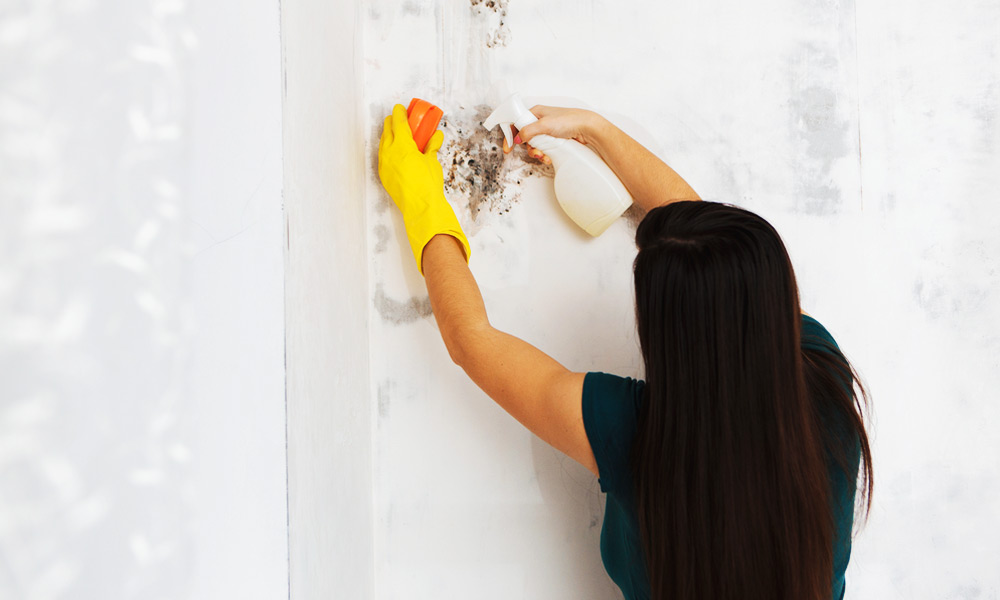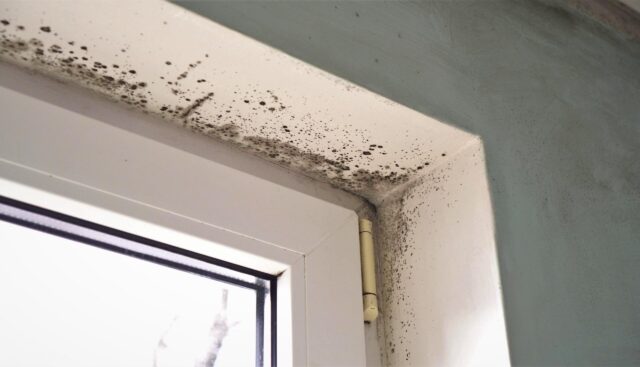Mold is a common problem that many homeowners face, but not all molds are created equal. Understanding the different types of mold and where they hide in your home is crucial for keeping your living spaces safe and healthy.
From the black mold that can lurk in damp basements to the fuzzy white mold that can grow on food, knowing how to identify and address mold issues is essential. In this article, we will explore the various types of mold, where they are most likely to hide, and how to effectively deal with mold growth in your home.
By arming yourself with knowledge about mold, you can protect your home and your family from potential health hazards.
Common Types of Mold and Their Health Risks
Mold comes in various types, each with its own set of health risks that can impact individuals differently. One common type of mold is Cladosporium, which can cause respiratory issues and worsen conditions like asthma.
Aspergillus is another type that can lead to lung infections, allergic reactions, and even mold-induced hallucinations in extreme cases. Stachybotrys, also known as black mold, is notorious for producing mycotoxins that can cause severe health problems, including respiratory issues, fatigue, and cognitive impairment.
Its important to be aware of these common types of mold and the associated health risks in order to protect yourself and your loved ones from potential harm.
Where Mold Hides in Your Home: Key Locations to Check

There are several key places in your home where mold loves to hide, making it crucial to regularly check these areas to prevent mold growth and keep your living space healthy. One common hiding spot for mold is in the bathroom, particularly in areas with high humidity like the shower, bathtub, or under the sink.
Mold can also thrive in damp or wet areas such as basements, attics, and crawl spaces. Other potential hiding spots include around leaky windows, behind appliances, and even in piles of damp or moist laundry.
By being vigilant and checking these key locations on a regular basis, you can detect and address mold growth early on before it becomes a more serious problem.
Prevention and Removal of Mold: Best Practices

Preventing and removing mold is essential for maintaining a healthy indoor environment. To effectively combat mold growth, it is important to first locate the source of moisture and address any water leaks or humidity issues.
Best practices for preventing mold include keeping indoor spaces well-ventilated, using dehumidifiers in damp areas, and promptly fixing any plumbing leaks. Additionally, regular cleaning and maintenance can help stop mold from taking hold.
If mold does appear, it is crucial to address it immediately using appropriate cleaning products and protective gear. Hiring a professional mold remediation service may be necessary for larger mold infestations.
By following these best practices, homeowners can keep their living spaces free of harmful mold and protect their health.
Conclusion

In conclusion, it is crucial to have a good understanding of the different types of mold and where they may hide in order to effectively address any potential mold issues in your home or property. By being aware of the common signs of mold growth and knowing where to look for it, you can take the necessary steps to prevent mold from spreading and causing health problems.
It is also important to consider having a mold assessment conducted regularly to ensure that any hidden mold is identified and addressed promptly. Remember, taking proactive measures to address mold can help create a healthier living environment for you and your loved ones.




